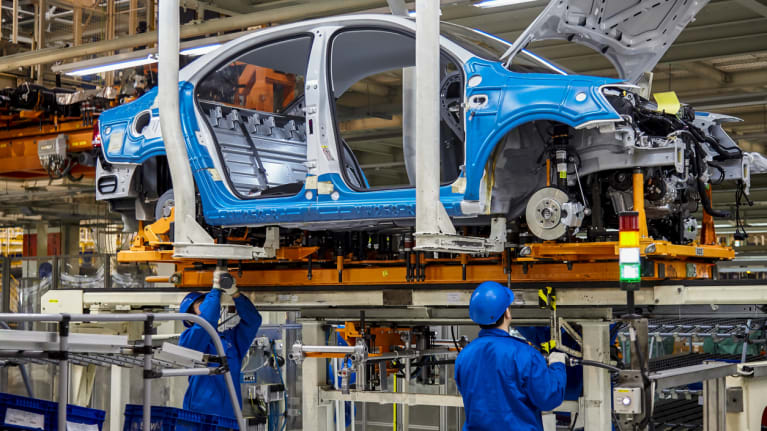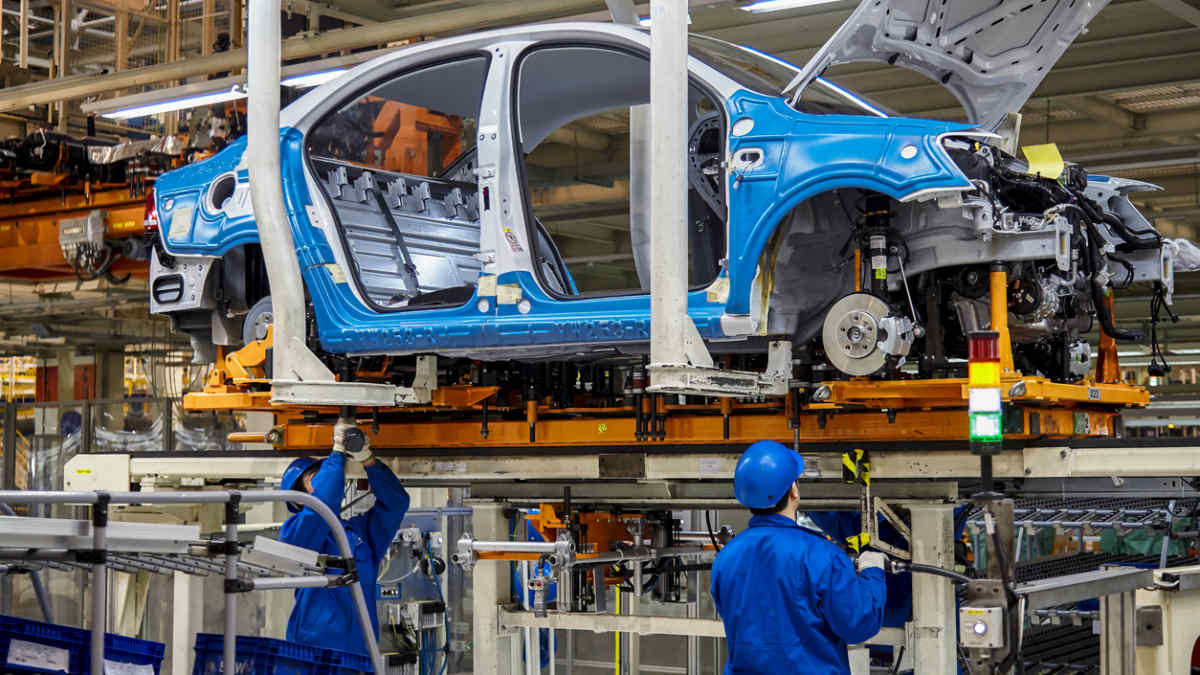

The U.S. National Labor Relations Board (NLRB) recently confirmed that employers cannot stop employees from displaying union insignia or wearing union apparel, unless they can prove a valid reason for the restriction.
Overruling a 2019 decision, the board found it was unlawful for the carmaker Tesla to require employees to wear a black T-shirt with the employer’s logo or a plain black T-shirt, which meant they couldn’t wear a shirt with a union logo.
“Employers may now only restrict employees from wearing union apparel or insignias if they have a special circumstance for doing so,” explained David Pryzbylski, an attorney with Barnes & Thornburg in Indianapolis. “These [circumstances] include employee safety, quality control, public image or workplace decorum. Employers must be careful. Any adopted restrictions should be narrow and well-grounded in one of these categories.”
The burden is on the employer to show the restriction results from special circumstances.
The board’s 3-2 decision on Aug. 29 was split along partisan lines. Tesla can appeal the decision to a federal appeals court, if it wants to.
The Tesla ruling “likely signals the beginning of a major sea change at the NLRB,” Pryzbylski said. “Employers should expect more decisions that will limit their ability to do certain things in the workplace. More decisions limiting flexibility are expected—and soon.”
“This decision is yet another example where the board will apply a strict test to even a neutral rule, if there could be an impact on [employees’ union-related] rights,” said Allison Anderson, an attorney with Foley Hoag in Boston.
Federal Law
Under the National Labor Relations Act, employees have a right to display union logos and clothing while at work. This rule applies to all employers, whether the employees are unionized or not.
“Wearing union insignia, whether a button or a T-shirt, is a critical form of protected communication,” said NLRB Chairman Lauren McFerran. “For many decades, employees have used insignia to advocate for their workplace interests—from supporting organizing campaigns to protesting unfair conditions in the workplace—and the law has always protected them.”
There are some practical steps employers can take now.
In light of the recent ruling, “businesses should look closely at their uniform rules,” Anderson recommended. “Even if their uniform policy says nothing about union insignia, the board has held that such a policy requiring employees to only wear a standard uniform is presumptively unlawful.”
“HR professionals should look to their handbooks to evaluate their uniform policies,” she added. “Employers could consider whether adding a disclaimer to such a policy would be useful. Alternatively, if the employer has meaningful safety concerns, the board’s decision makes clear that such a uniform policy could be lawful.”
Employer Reasoning
In 2017, a Tesla supervisor told an employee who was wearing a pro-union shirt that he would be sent home if he wore a union shirt again. On the same day, another supervisor told a different employee that he would be sent home that day if he didn’t take off his union shirt. Supervisors sometimes allowed employees to cover non-Tesla logos with black mutilation-protection tape. Tesla’s policy prohibits clothing with exposed zippers, buttons, rivets, yoga pants, or hoodies with the hood up. This policy applies only to employees on the manufacturing assembly line, according to the NLRB’s documents.
To the board, Tesla argued that its dress code is intended to prevent clothing from causing scratches or other damage to the cars. It said that employees were allowed to wear pro-union stickers and hats. Tesla employees do not have a union.

